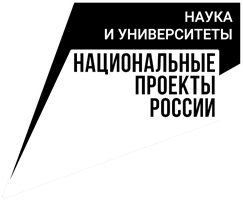14:00 - 15:00
| Denis Voskov | Geoscience & Engineering, TU Delft, Energy Resources Engineering, Stanford University |
Crack modeling is an important component for predicting hydrocarbon production from carbonate reservoirs. In the case of complex orientation of the fracture and their connectivity, double porosity models do not reflect the actual fluid motion, and it is preferable to use the Discrete Fracture Models, which clearly represent the geometry of the fractured reservoir. However, the main problem with DFM models, especially in the case of complex realistic fracture networks, is the mesh pitch. This is especially problematic when complex fracture intersections are present. The resulting grid often contains artifacts, that is, non-orthogonal connections of the calculation blocks and too much contrast in the sizes of the blocks. This ultimately leads to an incorrect numerical solution and worsens the nonlinear convergence in the modeling process. In our approach, these problems are solved using the preprocessing method, in which we sequentially modify each crack using the desired sampling accuracy. As a result, we can build a discrete network of cracks at any resolution, while maintaining the basic flow characteristics of the original fractured network. This approach is further used for uncertainty analysis in modeling fractured reservoirs using our scientific DARTS simulator.

